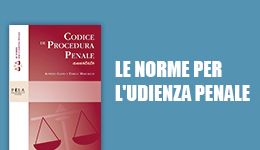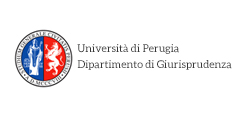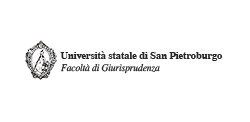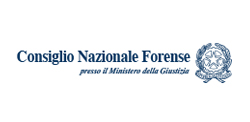Per una definizione normativa di pericolosità sociale nel Codice delle misure di prevenzione
Archivio Penale
pp. 1067-1081
DOI 10.12871/978883318013721
| @ Pisa University Press 2017
Ricevuto: 11 December 2017
| Accettato: 13 December 2017
| Pubblicato: 15 December 2017
L'intero articolo è disponibile per gli abbonati
Riassunto
La decisione di rimessione alla Corte costituzionale costituisce un momento importante ma non esaustivo per la risoluzione dei problemi di formulazione delle norme che definiscono la pericolosità sociale in materia di prevenzione. A leggere con attenzione il combinato disposto degli artt. 4 e 6, co. 1, d.lgs. n. 159 del 2001, infatti, non può dirsi che il tema rilevante sia la definizione della pericolosità c.d. generica, come spesso si ritiene. Le categorie soggettive individuate dall’art. 4, infatti, altro non sono che il presupposto di definizione dei sogetti che possono essere sottoposti alla misura di prevenzione soltanto laddove essi siano pericolosi. L’art. 6, in tal senso, non propone alcuna presunzione di pericolosità, imponendo, anzi, la verifica in concreto della sussistenza di essa. Ciò comporta la definizione normativa di pericolosità sociale e, quindi, l’individuazione degli indici dai quali essa deve essere desunta. In tale prospettiva – l’unica sistematicamente ed ermeneuticamente corretta – ciò che è necessario è la riformulazione della disposizione di cui all cit. 6, con la definizione, appunto, di quei comportamenti che risultano effettivamente sintomatici della sussistenza di pericolosità sociale. L’assenza di certezza dei fatti costituenti i presupposti di cui all’art. 4 determina che l’individuazione dei parametri normativi della pericolosità di prevenzione debba trarsi, più dagli indici della c.d. pericolosità cautelare ex art. 274., co. 1, lett. “c”, c.p.p., che dalla disciplina delle misure di sicurezza, rispetto alla quale la sussistenza del presupposto costituito dal reato (o dal quasi reato) costituisce un dato certo. Per superare il deficit di indeterminatezza, dunque, la norma di cui all’art. 6 cit. andrebbe calibrata riprendendo quella della norma del codice di procedura penale or detta.
The decision to resubmit to the Constitutional Court constitutes an important but not exhaustive moment for the resolution of the problems of formulation of the rules defining the social hazard in the field of prevention. To read carefully the combined provisions of the arts. 4 and 6, Co. 1, D. LGs. No. 159 of 2001, in fact, it cannot be said that the relevant theme is the definition of the so-called general Hazard, as is often considered. The subjective categories identified by art. 4 in fact, nothing else is that the assumption of definition of subject which may be subject to the measure of prevention only where they are dangerous. The art. 6 in that sense, it does not propose any presumption of danger, imposing, in fact, the concrete verification of the existence of it. This implies the definition of a social hazard and therefore the identification of the indexes from which it is to be derived. In this perspective – the only systematically and hermeneutically correct – what is necessary is the reformulation of the provision referred to in paragraph 6, with the definition, precisely, of those behaviours which are actually symptomatic of the subsistence of social hazard. The absence of certainty of the facts constituting the conditions set out in art. 4 determines that the identification of the normative parameters of the prevention hazard should be, more from the indices of the so-called precautionary danger ex art. 274., CO. 1, read. "C", C.P.P., that from the rules of security measures, in respect of which the existence of the assumption constituted by the offence (or quasi-crime) constitutes a certain fact. To overcome the deficit of indeterminateness, therefore, the norm referred to in art. 6 cit. should be calibrated by recovering that of the Code of Criminal Procedure or said.
Percorso di valutazione
Peer reviewed. Certificazione della qualità











